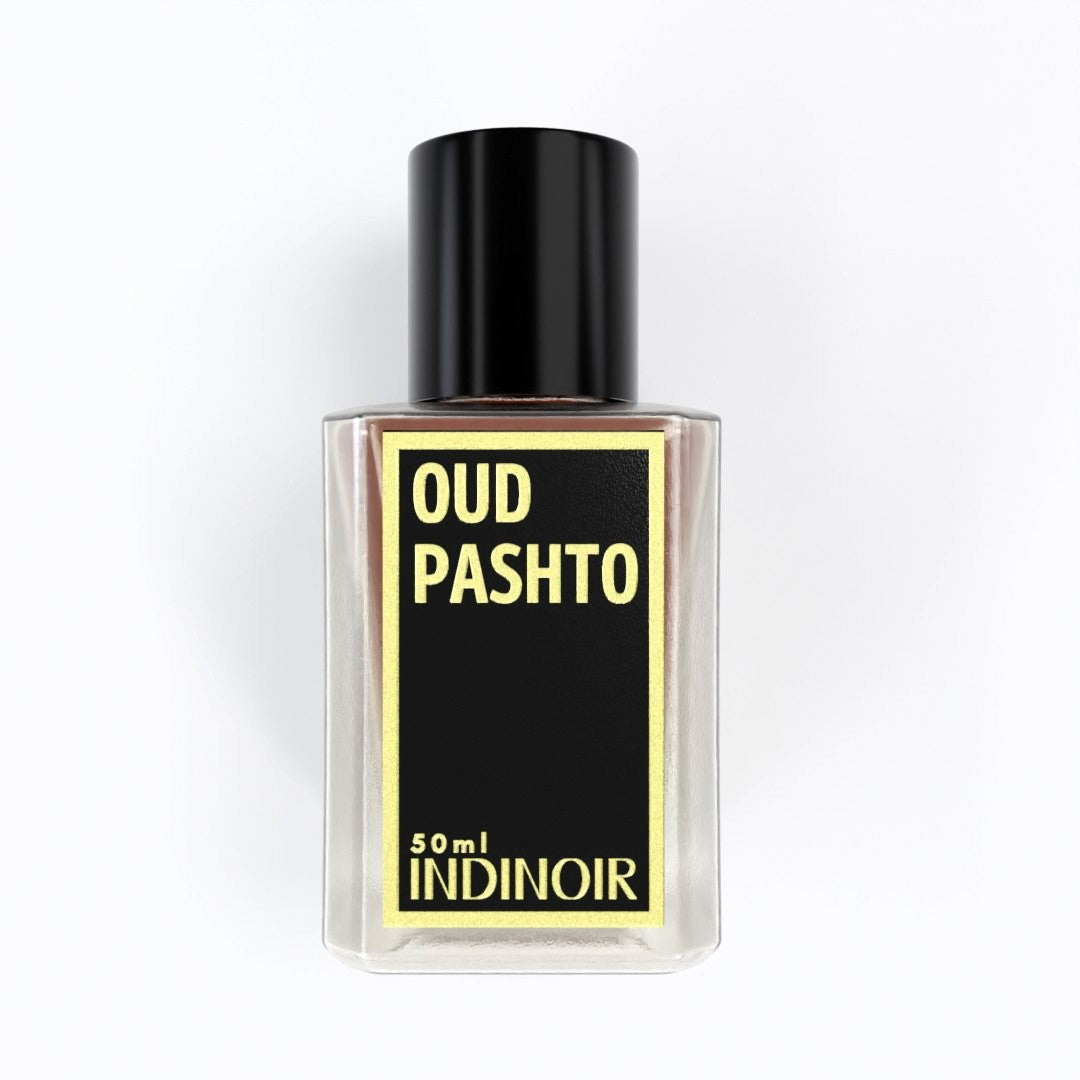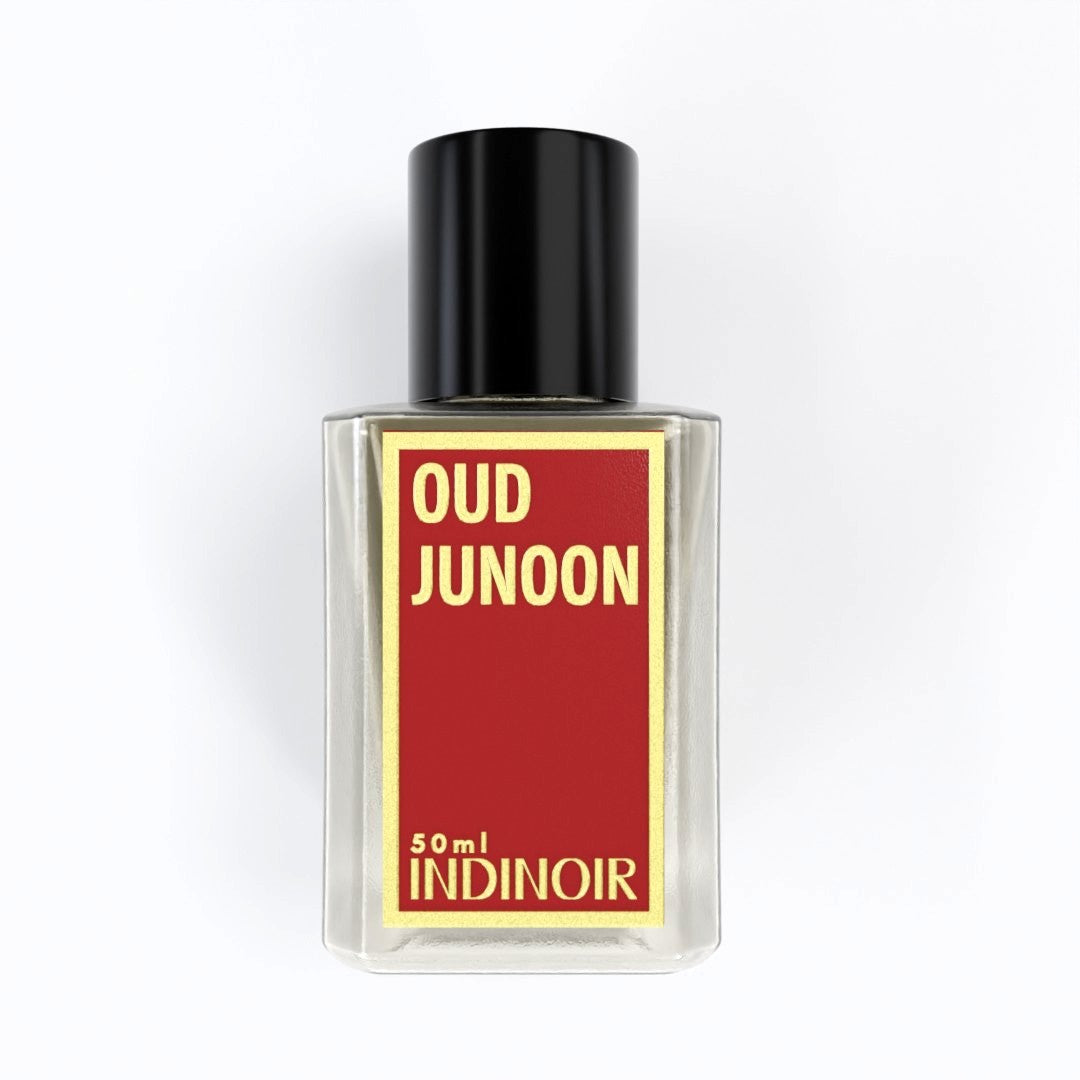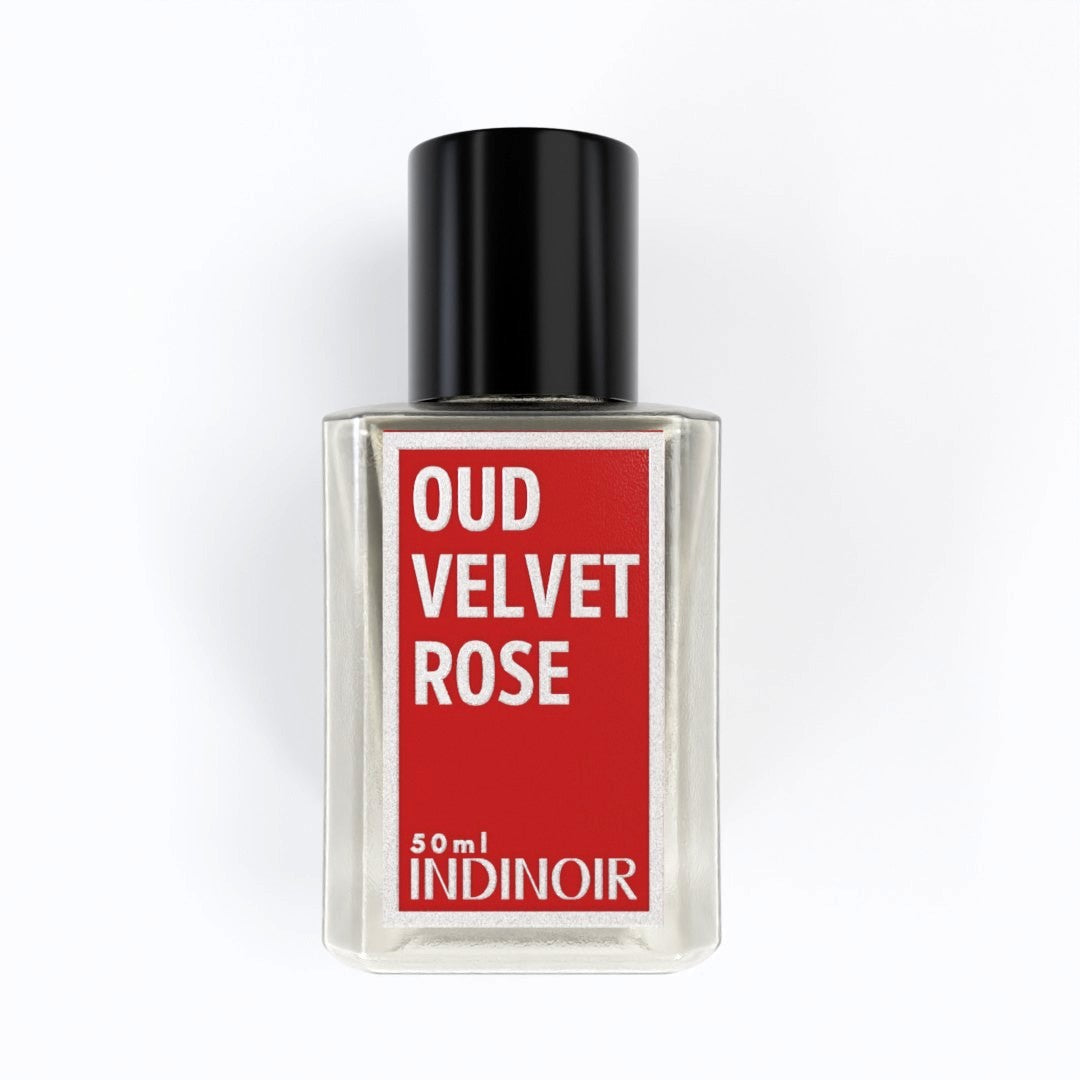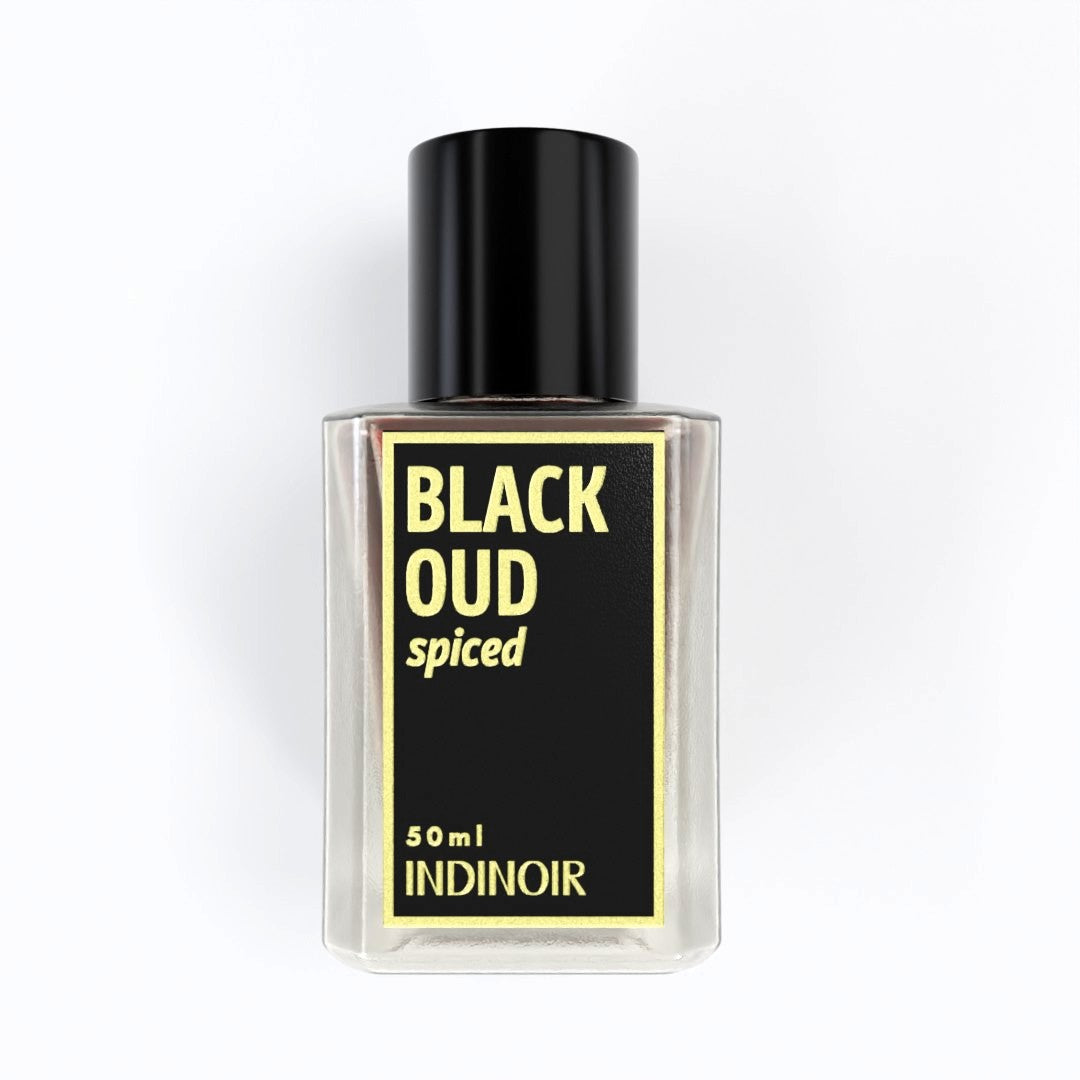Where Legacy Meets Luxury
The Oud Collection
Imagine a fragrance more than just scent. It's an identity. Oud is not just a perfume, it's a statement. Each bottle tells a story of timeless elegance. Every note signals sophistication and refinement. It speaks of a life less ordinary.
Oud is not for everyone, it needs someone who isn't afraid to command attention and whose presence lingers long after they are gone. It is not just a fragrance. It is the essence of charisma, bottled.
The IndiNoir Oud Collection - Where legacy meets luxury.
MRP Rs. 1,599 Rs. 1,999
MRP Rs. 1,499 Rs. 1,699
MRP Rs. 1,499 Rs. 1,699
MRP Rs. 1,699 Rs. 1,999
MRP Rs. 1,099 Rs. 1,399
MRP Rs. 1,299 Rs. 1,399
MRP Rs. 1,899 Rs. 2,499
FAQ
Questions and Answers
What is Oud?
Oud, also known as Agarwood, is a fragrance derived from the Aquilaria tree, which is native to Southeast Asia. When the tree is infected with a specific type of mold, it reacts by producing a dark, fragrant resin, which is the source of oud. Oud wood is also sought after for use as incense
Why does Oud smell like?
Oud has a complex scent that can vary significantly but generally has a warm, woody base with notes of smoke, earth, and sweetness. Some find it musky and rich, while others may detect hints of leather or spices.
Can both men and women wear Oud perfumes?
Absolutely! Oud perfumes are unisex, appealing to anyone who appreciates its rich, aromatic depth. The scent transcends gender, offering unique fragrances designed to suit individual tastes rather than specific demographics.
Why is Oud so popular in perfumery?
Oud has complex fragrance that ranges from sweet and woody, to smoky and earthy and has a distinct animalic character. It has been used since ancient times in religious ceremonies and as a personal fragrance.
Due to it's rarity, complexity, cultural significance and association with royalty it has become associated with luxury and high end perfumery.








